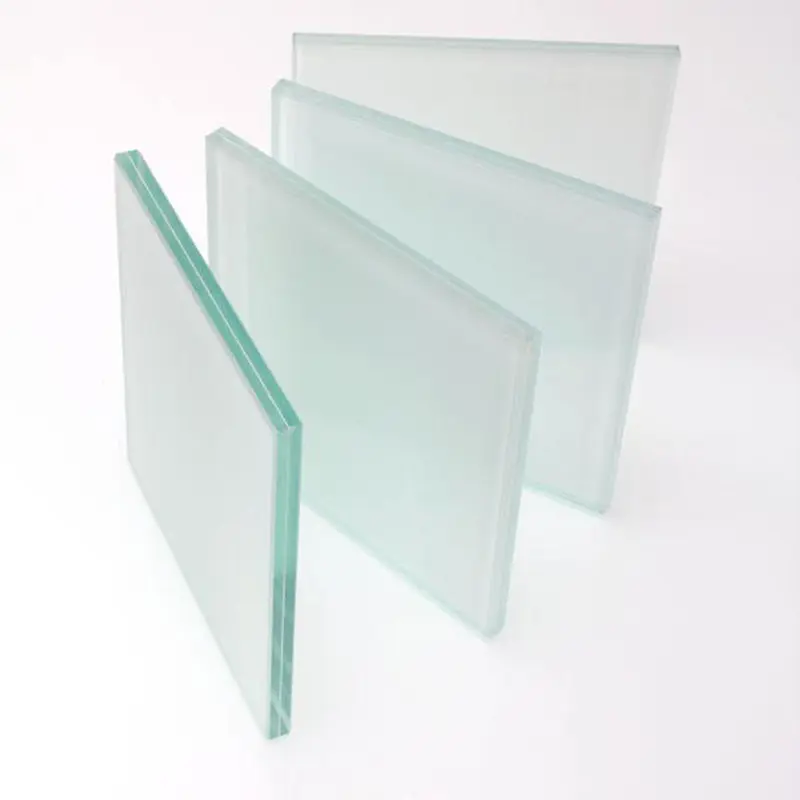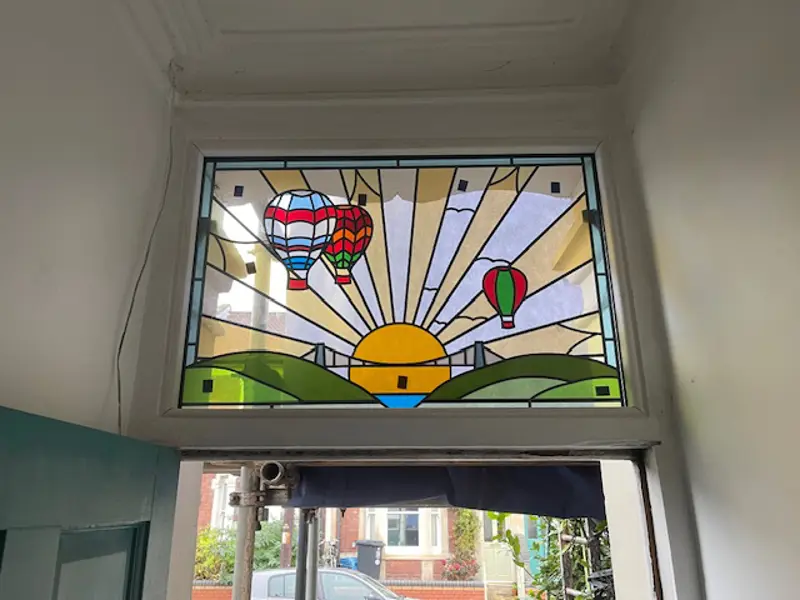Explore our range of glazing options for timber windows and doors, including double glazing, acoustic glass, and energy-efficient solutions tailored to period and modern properties.
At SashWise we pride ourselves in offering a wide range of glazing solutions to suit each individual need and specific requirements.
When servicing of fully restoring original single glazed windows. We can re-glaze any broken or cracked panes of glass as part of this process.
A slimline heritage double glazed unit can be accommodated in a sash as thin as 32mm. This is extremely beneficial when retro fitting new timber double glazed sashes to within an original sash box that is restricted in its depth.
Slimline double glazed units have a U-Value of between 2.1 and 2.6 so provide far greater thermal efficiency than a single pane of glass.
There are also instances where Planning and Conservation Officers insist on the use of slimline units where a standard double glazed unit is deemed to be unaesthetically pleasing.
Standard double glazed units are used in completely new window installations or where the depth of the original sash box is deep enough to accommodate them.
Standard double glazed units are typically 20mm or 22m in thickness and have a U-Value of 1.1 to 1.3. They provide both excellent thermal and noise insulation, and help prevent issues of condensation.
All of our double glazed units incorporate a white warm edge spacer making them blend into the window frames and look less obtrusive to the more common black and aluminium spacers.
Unlike conventional double glazing that has a deep cavity which provides thermal insulation, vacuum glazing features an extremely narrow vacuum cavity between two panes of glass which provides exceptional thermal insulation.
FINEO Vacuum Glazing has an overall thickness of 6.7mm yet boasts a U-Value of 0.7 equivalent to triple glazing. It also provides excellent noise insulation.
Due to the thinness of FINEO Vacuum Glazing it can be retrospectively fitted into existing window frames which can make it a viable solution for Listed Buildings.
For more information on Vacuum Glazing see our dedicated FINEO page.
Toughened glass is treated to be far more resistant to breakage than simple annealed (Float) glass. This makes it five times as strong as ordinary glass, meaning that it has to be hit much harder in order to break.
When toughened glass does break, it shatters into lots of small pieces with blunt edges rather than large shards of glass, thus making it far safer than ordinary plate glass.
It is for this reason that we only use toughened glass in ALL of our new joinery.
Laminated glass is a type of safety glass constructed of two layers of glass which are bonded together by a thin polymer interlayer. Should one of the panes of glass break the interlayer holds the shards of glass in place giving a “spider web” effect.
Whilst laminated glass is heavier and not as strong as toughened glass it does have the advantage of providing excellent Ultra-Violent Protection. Laminated glass can absorb up to 99% of the damaging UV rays which can be responsible for 50% of fading.
Where clients have been concerned about the damage to interior furnishings and fittings we have incorporated laminated glass within a double glazed unit.
Similar to laminated glass, acoustic glass consists of two layers of glass bonded together by a polymer interlayer. The interlayer increases the sound insulation by absorbing the vibrations generated by the sound waves.
Acoustic glass is very effective at reducing external noises such as traffic, people talking, dogs barking and general street sounds. It can be a very beneficial to help reduce stress levels, improve general health sleeping patterns.
Acoustic glass can be incorporated within a double glazed unit thereby combining both the benefits of extra sound insulation alongside excellent thermal performance.
Etched glass or commonly referred to as frosted glass, is glass that has undergone a process typically sandblasting to create a level of opacity.
Etched glass is primarily used where an additional level of privacy is required without blocking out natural light. It is most commonly used in bathrooms, en-suites and cloakrooms or to help obscure an unsightly view.
The level of opaqueness can vary from having the glass completely sandblasted to give a satin finish to incorporating a clear design within the glass etching. Popular designs for period properties being ‘Fleur’ and ‘Double Fleur’.
Etched glass can be used in the construction of a double glazed unit, thereby combining both privacy with improved thermal insulation.
At SashWise we are very sympathetic to the desire to improve the thermal efficiency of our period properties whilst not losing any of the historical architectural character that is often so dear to us. This is particularly important when it comes to preserving original panels of stained glass.
Original panes of stained glass are often in a poor state of repair and very draughty with missing or cracked pieces of coloured glass and degraded lead work. But worry not, at SashWise we have the perfect solution.
We carefully remove the stained glass panels from their timber frames and then send them to a specialist stained glass restorer who returns them to their former glory. We are then able to encapsulate the beautifully resorted panel within a double glazed unit which we can fit into a new timber sash. Thereby not only preserving the original feature of the window but drastically improving the thermal efficiency.
Where restoring and encapsulating the original stained glass is not a viable option. It is possible to replicate the original design of the glass on a new double glazed unit using a coloured films and bonded on lead work. This also opens up the possibilities of clients designing their own stained glass, such as this previous client who was a hot air ballooning enthusiast.
Original single glazed leaded glass is notoriously poor when it comes to thermal efficiency. But that does not mean this original feature to your windows needs to be lost.
We can replicate the design of the original leaded glass on a double glazed unit. This is achieved by bonding strips of lead onto the glass and using soldered joints in the same ways as the original leaded pattern was constructed. This gives an authentic look unlike the poor leaded imitations often seen in uPVC windows.
Please call us on 0208 977 4627 or complete the form below.
We're always happy to discuss your timber window and door needs. Whether you're looking for advice, a detailed quote, or simply want more information about our services, our friendly team is here to help.


